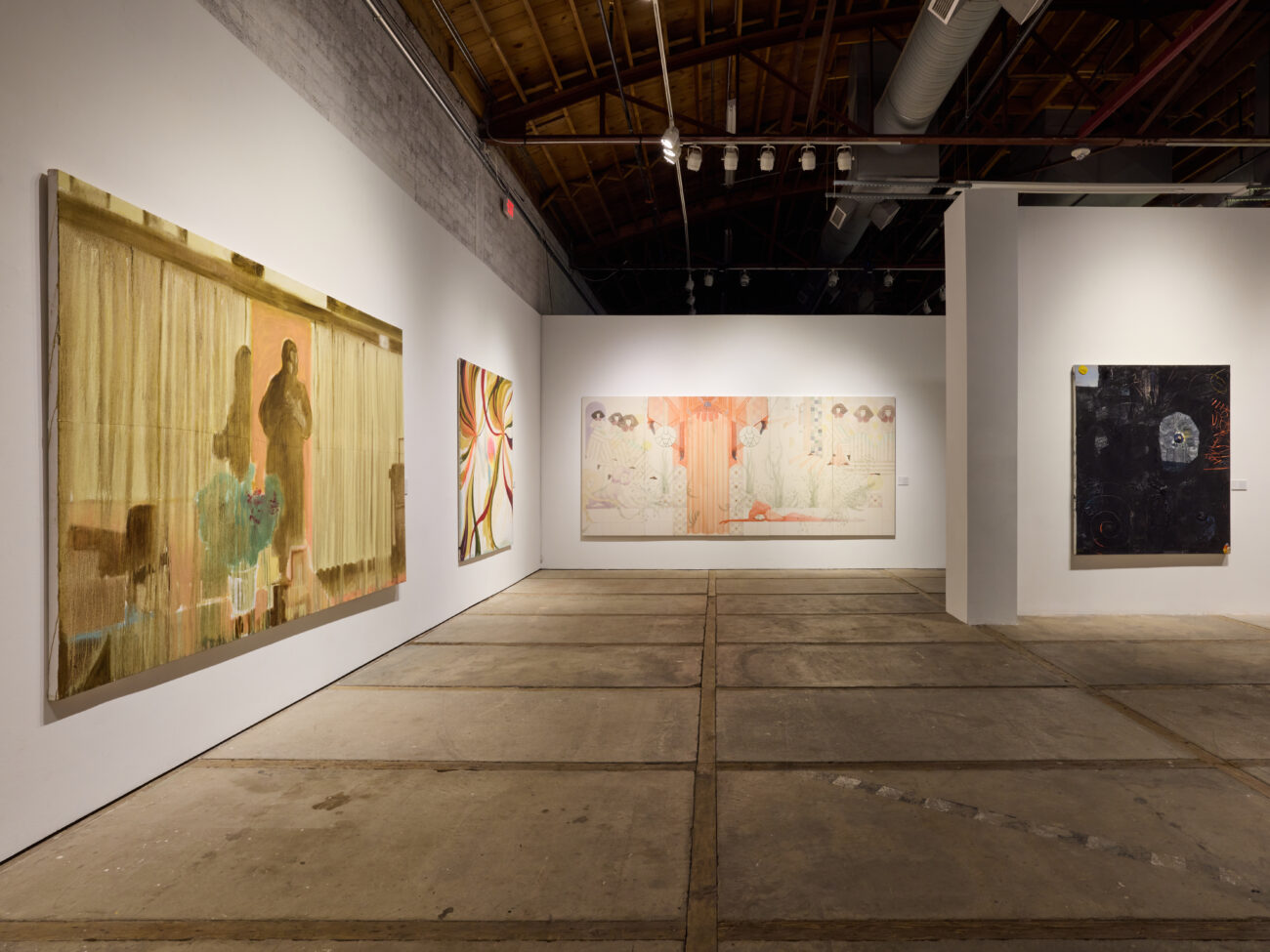Curated by Tia Collection archivist Brooke Denton, Field of Vision, on view through June 22, takes viewers on a journey of interweaving narratives “in the round.” “I found initial inspiration from Donna Huddleston’s work as it is largely influenced by her time in theatrical set and costume design,” says Denton. “I was inspired by her approach and wanted to create a stage show that viewers of the exhibition could loosely follow. Each wall within the exhibition space serves as a distinct chapter, presenting a different scene in an ongoing narrative. The viewer takes part in an unfolding story, one of shadowy figures in subliminal spaces, abstract explosions of color and shapes, flowing gowns of women on stages, seaside camping, and, finally, a crescendo of singing clouds.”
Exhibiting artists, whose practice ranges from abstract to figurative, include Gideon Appah (Ghana), Hansjoerg Dobliar (Germany), Guy Ferrer (France), Mike Henderson (California), Donna Huddleston (United Kingdom), Dennis Kardon (New York), Bob Law (United Kingdom), Beatrice Mandelman (New Mexico), Betty Parsons (New York), and Marie Watt (Oregon).
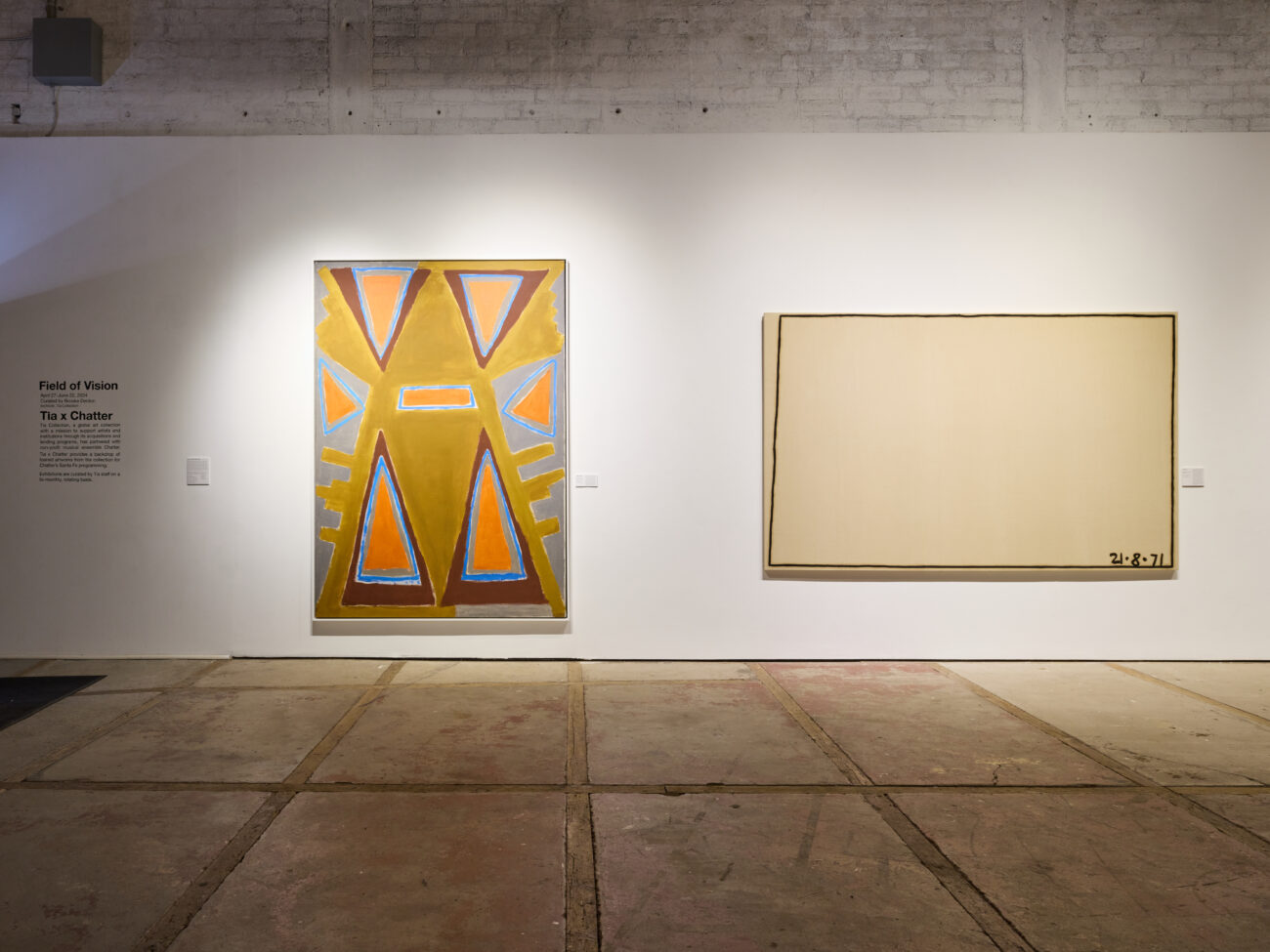
Betty Parsons, 1900–1982, is best known as a visionary New York art dealer of mid-century art, whose eye for revolutionary artists helped to shape and define twentieth-century art in the United States. Alongside her gallery career, Parsons was an abstract painter and sculptor who maintained a rigorous artistic practice. Her adventurous character resulted in extensive international travel, including trips to Africa, Japan, and Mexico, which had a profound impact on her relationship with color and form.
Bob Law, 1934–2004, is considered an important voice within the British Minimalist aesthetic. Law’s work defies easy categorization and ranges across drawing, painting, and sculpture that retains a firm, yet uneasy embrace of pure abstraction. As opposed to the New York-based minimalist artists, Law’s practice drew on his engagement with the English landscape and his esoteric range of interests. Law’s interest in philosophy, mysticism, alchemy, and paleontology paired with his drive for the reductively essential materialized in the radically monochromatic black canvases that he is most famous for.
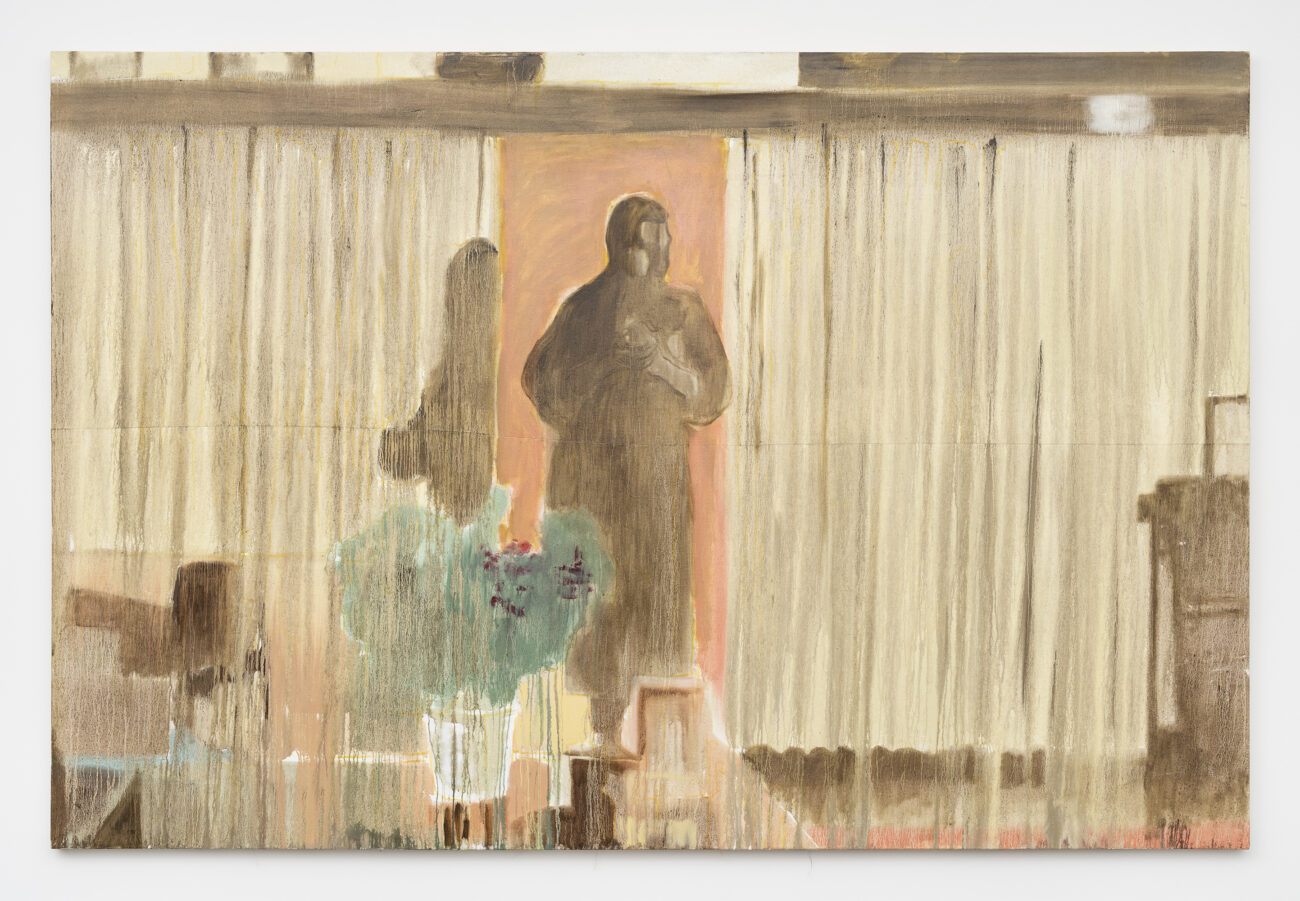
Gideon Appah, b. 1987, creates evocative paintings and drawings pulled from experiences of intimacy and leisure that speak to recollection, history, and mythology. His flattened, jewel-like compositions are centered around stylish figures, both known and imagined, luscious landscapes, prevalent architecture, African folklore, and daily rituals from his childhood. These scenes are often informed by post-independent Ghana, readily sourced from film stills, newspaper clippings, journals, and family photographs taken in the 1960s through 1980s. Appah is a member of blaxTARLINES KUMASI, an experimental collective and exhibition platform that fosters a significant role in the development of modern African art.
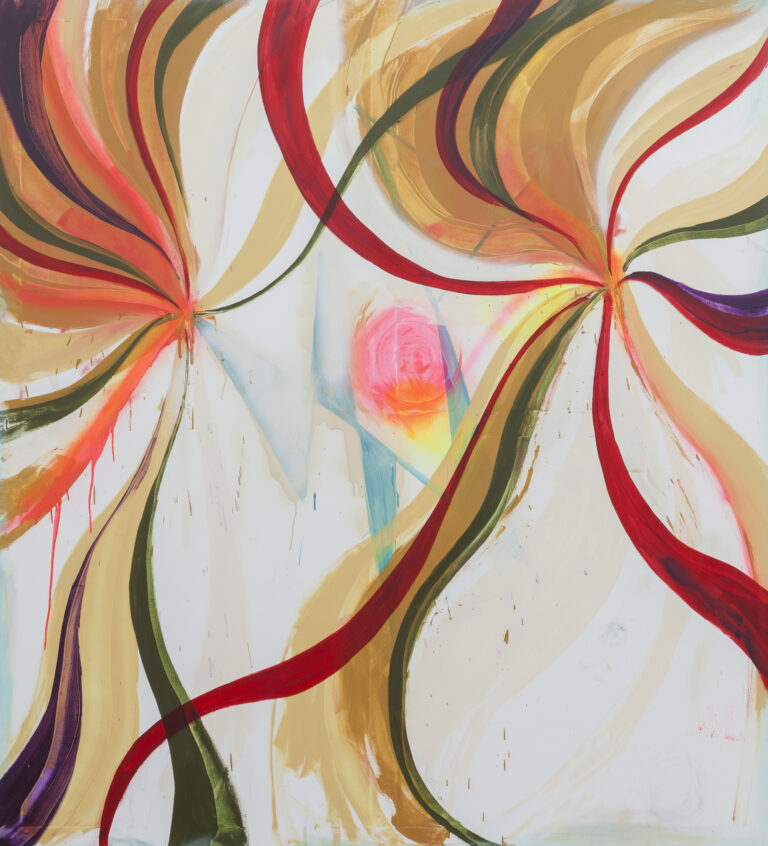
Hansjoerg Dobliar, b. 1970, creates sculptures, oil paintings, works on paper and collages, where cubic and geometric forms invade and abstract the surfaces of the work. Often referencing German Expressionism, Dobliar nurtures a certain playfulness around abstraction, but makes implicit his wish to create ties to psychic worlds that overpower time and space with ease.
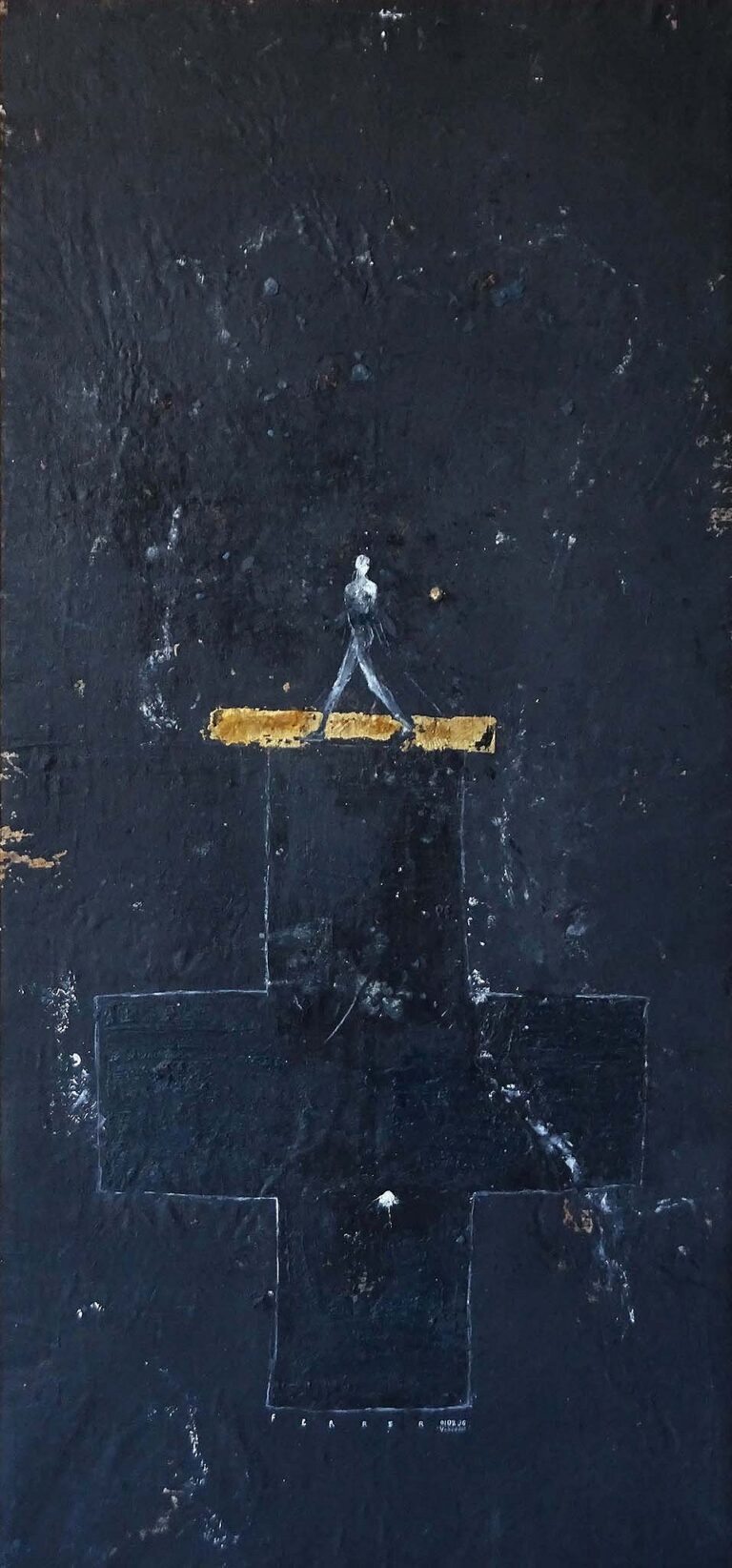
Guy Ferrer, b. 1955, is known for his abstract paintings and bronze sculptures that often explore themes of spirituality, human condition, and the search for meaning. Having lived in various countries including the United States, Vietnam, and France, Ferrer’s multicultural background has greatly influenced his artistic expression, leading to a diverse body of work that incorporates elements from different cultures and philosophies.
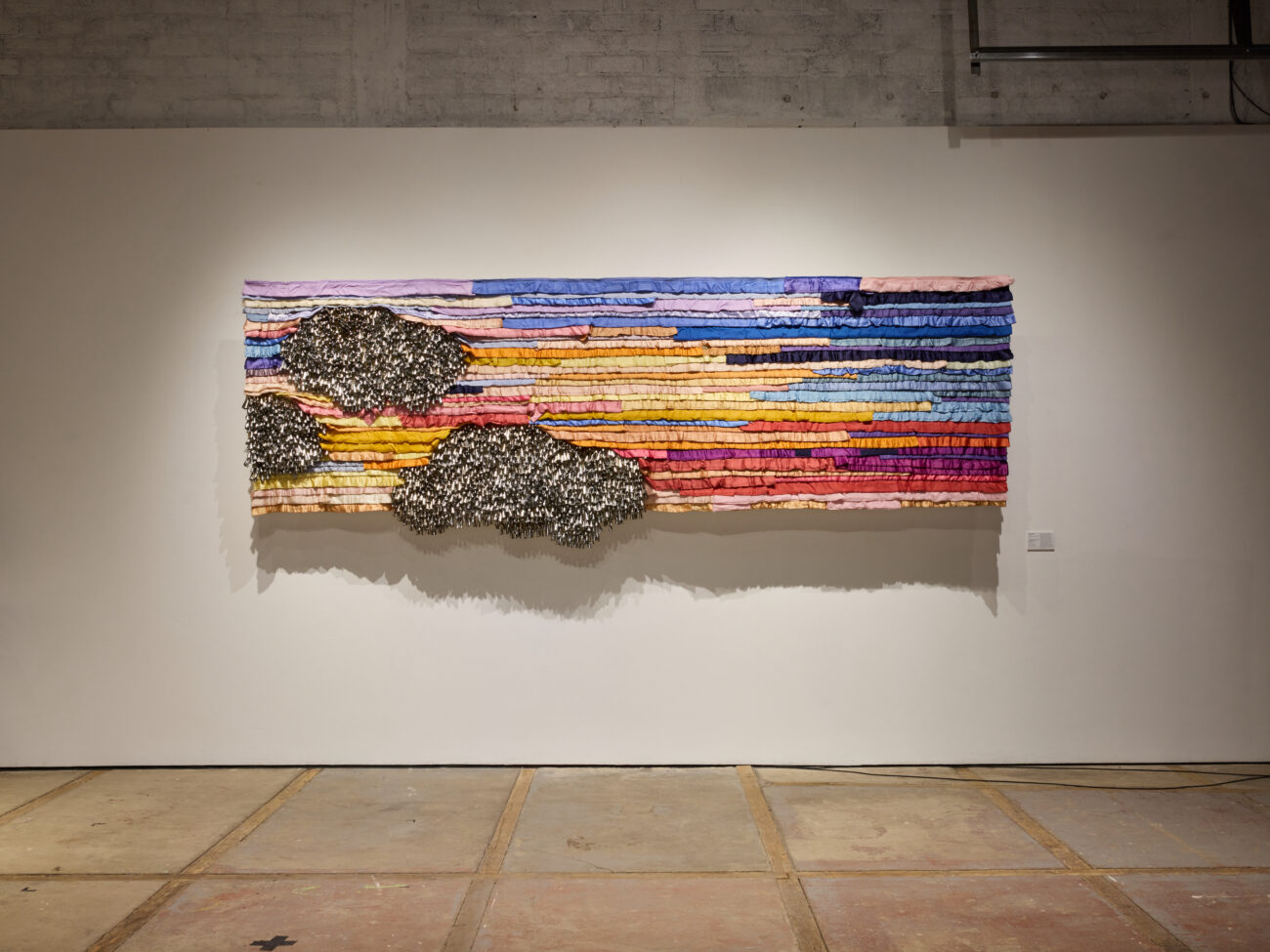
Marie Watt, O-non-dowa-gah (Seneca Nation), b. 1967, layers personal points of influence and interest in her artwork, including text elements featuring language pulled from and discussing Indigenous knowledge and Iroquois protofeminism, the matriarchal structures of certain Native American tribes, the rise of social activism throughout the 20th century and the anti-war and anti-hate content of 1960s and 1970s music. Through collaborative actions, she instigates multigenerational and cross-disciplinary conversations that create a lens and conversation for understanding connectedness to place, one another and the universe. Watt lives and works in Portland, Oregon.
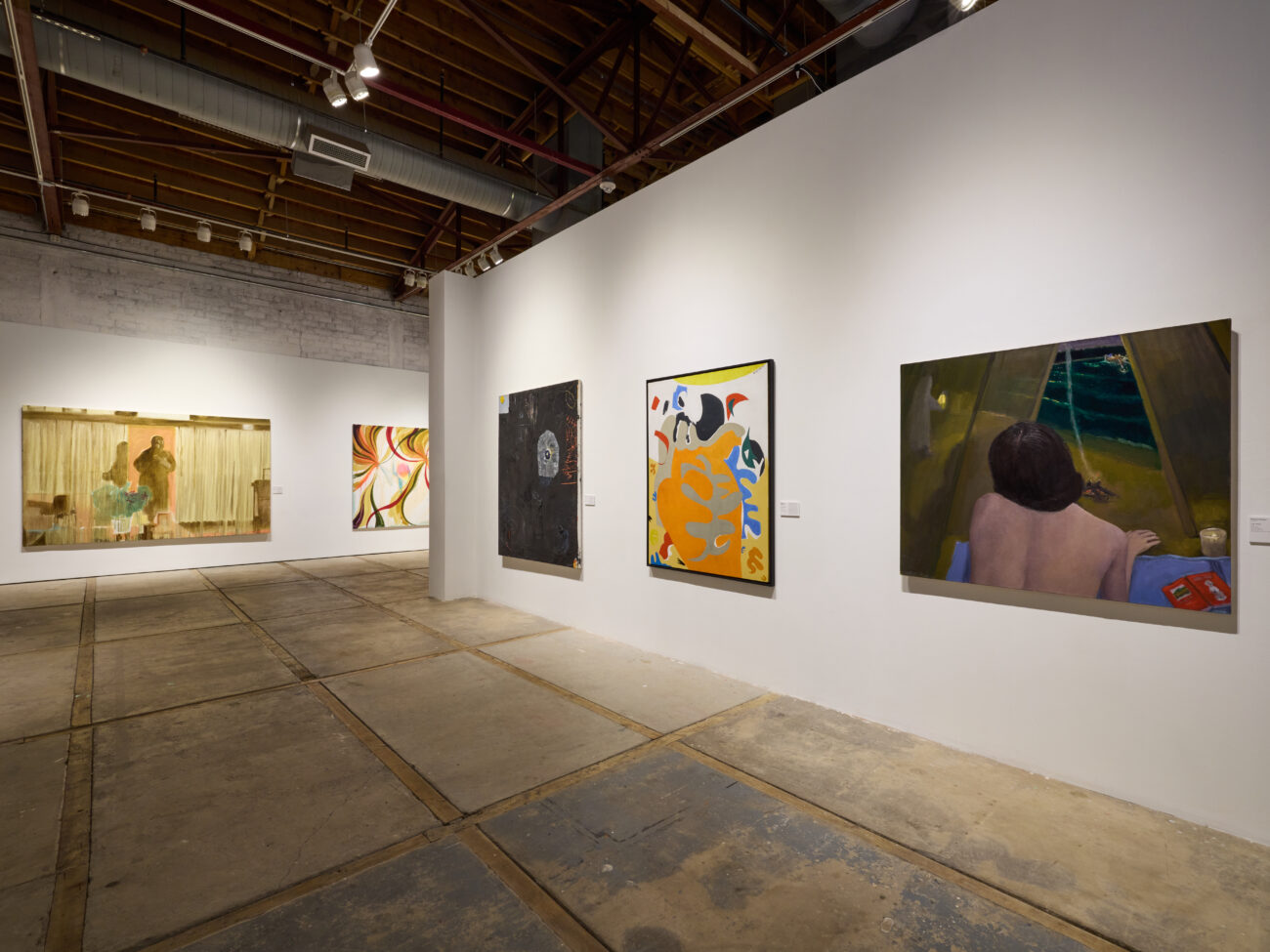
Dennis Kardon, b. 1950, has been experimenting for several decades with painting’s ability to encompass the full range of possibilities between abstraction and hyperreal representation by creating scenes that materialize from loose abstract brushstrokes. Kardon treats the surface of his canvases as a field with properties of reflection or distortion, resulting in a narrative that seems to have been disrupted by an unexpected event. Ambiguity informs all the artist’s production. Kardon thinks of the spectrum of ambiguities that he creates as a doorway for viewers to interact with the consciousness of the artist by using those uncertainties to try to assemble their own narratives.
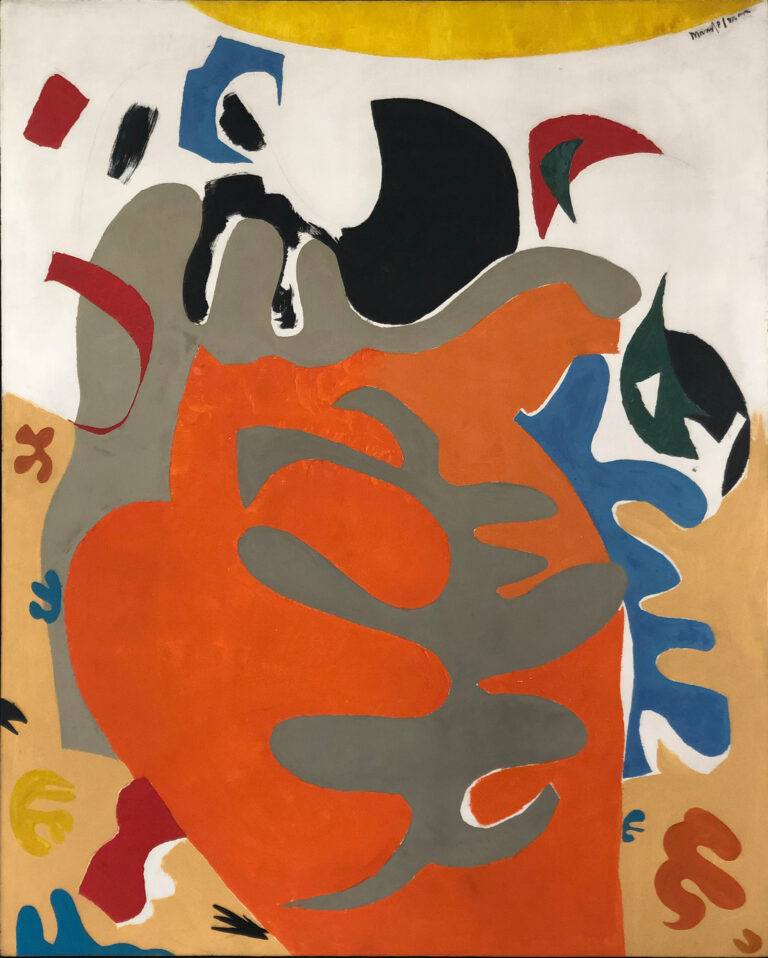
Beatrice “Bea” Mandelman, 1912–1998, was an American abstract artist associated with the group known as the Taos Moderns. Born in New Jersey to Jewish immigrant parents, she moved to Taos in 1944 with her husband and fellow artist, Louis Ribak. Through the 1940s, her paintings featured richly textured surfaces and a subtly modulated color palette. The landscapes and culture of New Mexico influenced her use of a brighter palette, more geometric forms and flatter surfaces. An intensely dedicated painter, Mandelman leveraged the isolation of northern New Mexico to explore and develop a style that was distinctly her own.
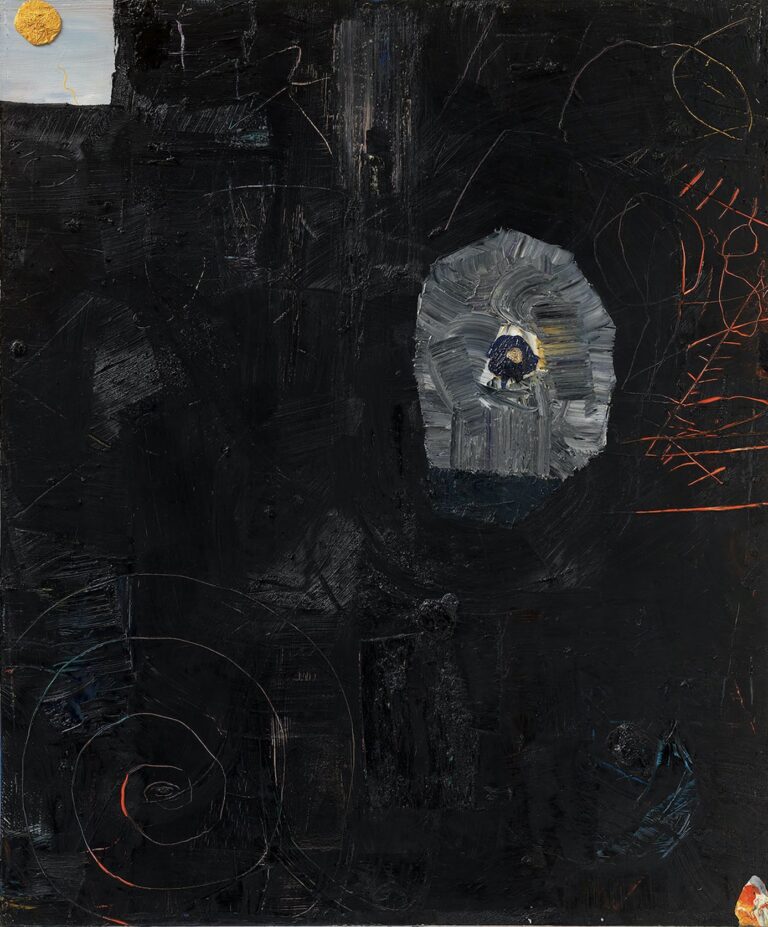
Mike Henderson, b. 1943, is a pioneering African American artist, filmmaker and blues guitarist, whose dynamic practice has spanned more than fifty years. Today, he is known for abstract, highly gestural paintings that demonstrate a palpable connection to postwar abstraction and a defining instinct for improvisation. Henderson’s lived experiences, conversations he has heard, and places he has been—those moments that he notes “stick to your retinas”—are all conjured up in his work through texture, form, and color.
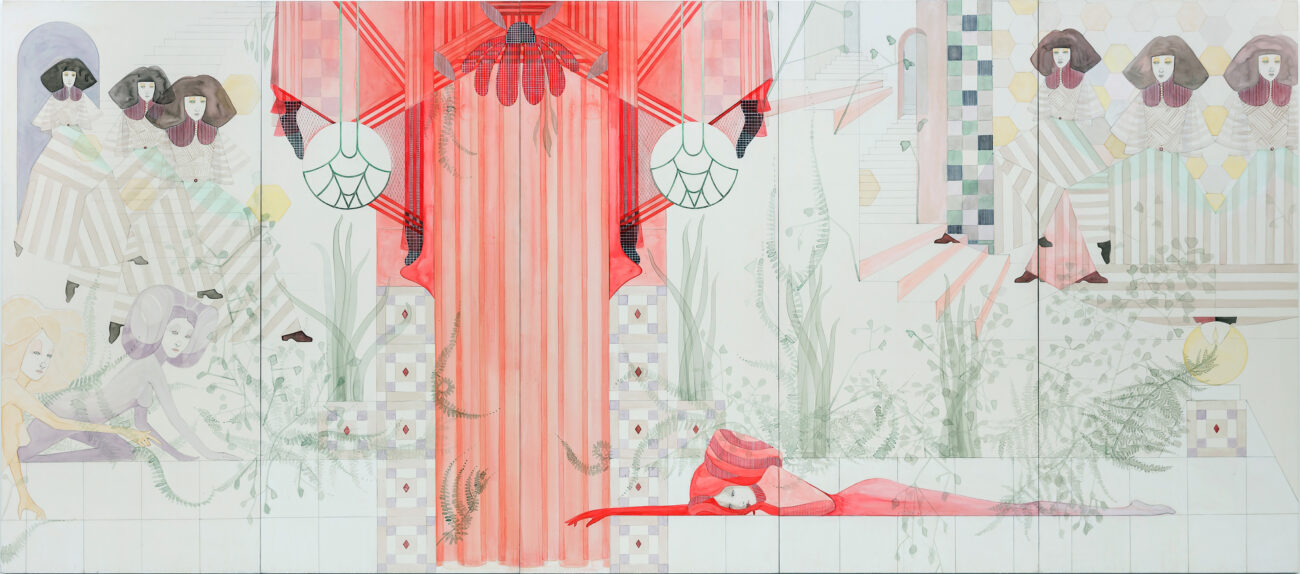
Donna Huddleston, b. 1970, is a Northern Irish-born artist who grew up in Australia, where her multidisciplinary studies led her to Sydney’s National Art School and the National Institute of Dramatic Art. Huddleston’s background in theater manifests in her whimsical works—her figures wear costumes fit for the stage, from detailed hoop skirts to colorful lace-up hot shorts. Working simply in Caran d’Ache colored pencil, metal point, watercolor, and graphite, and despite her pale color palette, Huddleston’s work brims with energy—each figure expresses unique, visceral emotion, from concern to apathy and determination.
Later this month at the CCA Muñoz Waxman Gallery, don’t miss our closing reception on Friday, June 21 from 4 to 6 PM. Join Alexandra Terry, New Mexico Museum of Art’s Curator of Contemporary Art, along with our curator, Brooke Denton, at 5:30 PM for a conversation on the practice of Beatrice Mandelman, member of the pioneering group The Taos Moderns.
Installation photography by Brad Trone.
Written and designed by Sarah Greenwood.

